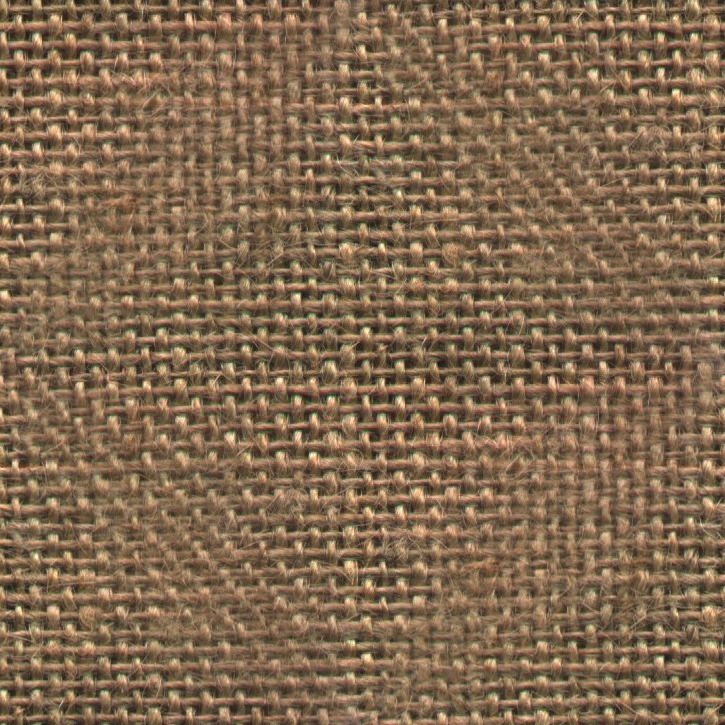 | ||
Direct to garment printing, also known as DTG printing, digital direct to garment printing, digital apparel printing, and inkjet to garment printing, is a process of printing on textiles and garments using specialized or modified inkjet technology. The two key requirements of a DTG printer are a transport mechanism for the garment and specialty inks (inkjet textile inks) that are applied to the textile directly and are absorbed by the fibers.
Most direct to garment printers are descendants of the desktop inkjet printer, therefore many DTG printers, such as the Spectra DTG, Anajet Sprint, and the BelQuette Mod1 utilize some parts from preexisting printers. Some companies, such as BelQuette, DTG Digital, AnaJet, Oprintjet, Brother, MAPI Digital, Kornit and Mimaki have printers which utilize similar technology, but are manufactured without the exact parts from any other brand machine.
Financial impact
A primary advantage of DTG printing is the lack of set-up costs and instant turnaround time not associated with traditional garment printing methods such as screen printing. The comparative disadvantage of DTG is equipment maintenance and ink cost. Ink technology developments have significantly improved ink performance and lowered ink cost. Digital printing technologies are non-contact, meaning that media is printed on without hand contact, allowing for a more precise image. This prevents the image distortion that takes place in screen printing.
